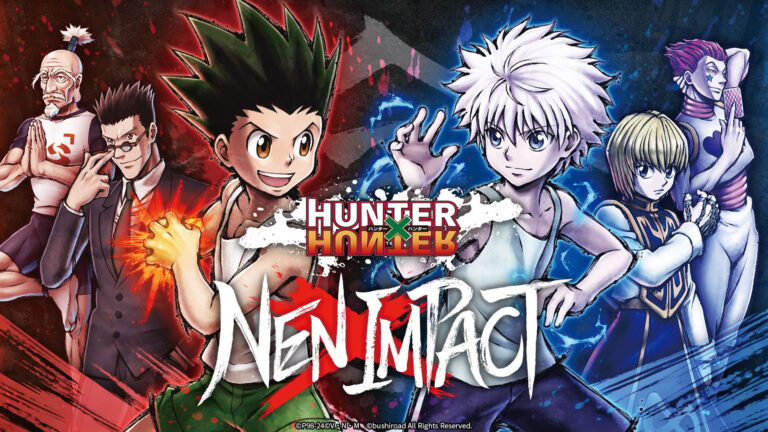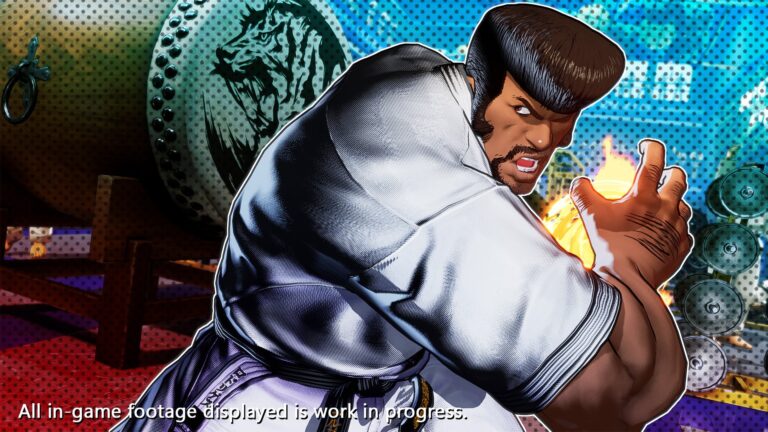All good things must come to an end. Such is the case for the current gaming generation. The eighth generation of video game consoles has had a great, near decade-long run starting from rocky beginnings in 2013. Since then, consoles and their libraries have flourished with amazing content that makes great use of the tools and hardware available on each of their respective machines.
As gamers around the world prepare to welcome the ninth console generation, a retrospective look back at the legacy of the eighth is warranted.
This piece’s intent is to pick out which games rise above the rest and earn the title of best of a generation past, focusing primarily on Sony and Nintendo titles that deserve such a moniker. Here are the top 3 games of this generation past.
3. Super Smash Bros. Ultimate
“Everyone is here.”
The moment those words were used to describe the next Smash game, fan hype was through the roof. Casual and hardcore fans collectively lost their minds during the E3 presentation in 2018 at the sheer spectacle that was the character presentation video.
From fan favorites who were cut to returning guests, Smash Ultimate raised the bar for the series in a way no previous iteration had ever done. A roster of this magnitude will never be repeated again, according to game director Masahiro Sakurai.
On the technical side, Smash Bros. Ultimate isn’t the most impressive game out there. Sure, it eats through Switch battery life like no other, but so do other power-intensive Switch games, such as Breath of the Wild and Xenoblade.
Mechanically, Smash Ultimate lacks nuances and technical depth that decades old Smash Melee boasts in droves. It is a step up from Brawl and Smash 4, but a lot of the more advanced techniques and movement options available in Melee are locked behind by Ultimate’s game design or a select few characters, which is not relevant to the roster as a whole.
However, it more than makes up for any shortcomings with the sheer wealth of content it provides in a singular package.
With so many characters at players’ disposal; unlimited ways to fight; fun, quirky side modes; and continued DLC offerings, Ultimate continues to churn out quality with every successive update.
The DLC of Ultimate has also been phenomenal and innovative, going beyond what Smash 4 was able to do with its Fighter Pass. The dev team has knocked it out of the park with their insane attention to detail on new fighters, as well as implementing fresh and fun new mechanics for a bunch of guest characters.
From Dragon Quest’s Hero’s insane spell catalog, reminiscent of turn-based RPGs, Fatal Fury’s Terry Bogard’s classic fightstick special move inputs, and most recently Minecraft Steve’s entire being in this game, Ultimate has gone beyond what Super Smash Bros. is (as a Nintendo mascot fighting game) and into a celebration of video games as a whole. It’s a fever dream in the best way possible.
Never again will there be a time where Mario, Cloud Strife, Megaman, Ryu, and so many more can all beat the stuffing out of each other, all on the same screen.
Everyone is here, for a last, wild ride.
2. Final Fantasy VII Remake
Remaking a game from the ground up is backbreaking work, doubly so when said game is beloved and cherished by countless fans around the world. There is a certain standard to be met and expectations to be had when developers delve headlong into remaking a classic that is held in such high regard.
When done properly, with the right amount of care, attention to detail, and passion, the project shines.
Such is the case with Final Fantasy VII: Remake.
Fans and players of the original are able to appreciate all the aspects the developers put time and effort into bringing to life. Characters and locations that were held back by the old hardware of the time are now breathing new life and given the spotlight to flourish beyond players’ nostalgia. The magic is all there, enough to capture newer fans who have not been able to play the original.
Combat and progression feel fantastic too and at home with other stellar RPGs.
For anyone that is looking for solid JRPG combat that does away completely with institutionalized turn-based mechanics and overall slower pace, FFVII Remake is a homerun in that department.
With visuals and soundtrack that have all been redone to fit the modern era, looking great despite current-gen systems, Final Fantasy VII Remake is a love letter to not just the original but to the fans as well. It is the greatest level of fan service possible, giving them all a chance to revisit Midgar, the Sectors, and so much more as they were imagined all those years ago.
Still, some aren’t pleased with the Hobbit-esqe approach the remakes are taking, splitting the original game into multiple parts to milk and cash in on as much as they can on FFVII’s legacy. However, if the developers hadn’t, players would not have gotten the fleshed out, ensemble cast they got with Part I and all the other extra goodies the remake brought with it.
With the direction the story seems to be taking, FFVII Remake’s later installments may even try to break the ultimate rule of remakes: being faithful to the original.
Perhaps the future may be altered, and what was once one of the internet’s earliest memes (and arguably the widest spread spoiler) may become a relic of the past. Gamers will eventually get to know in the coming days of the next generation, however, it is worth remembering this:
This is the game that opened the floodgates.
1. Ghost of Tsushima
Acclimating a game to a variety of hardware is an arduous task for game developers. Depending on the company and the development kits they provide, the process can either be a workable grind or a confusing nightmare.
However, with enough time, practice, and blood, sweat, and tears, developers can harness all there is on the hardware, knowing every nook, cranny, and limitation of the machines with which they work. This leads to incredible optimization for games despite potential hurdles in hardware. Naughty Dog is a fine example of this, but so is Sucker Punch and their newest IP, Ghost of Tsushima.
Games that come out at the tail end of a console’s lifespan showcase the full potential of a console, and Ghost of Tsushima is an absolute masterclass by Sucker Punch, showing what is possible on the aged PS4 platform after years of optimization.
Ghost of Tsushima is an insanely pretty game. Almost every moment of it feels like gazing into a canvas of an impressionist painting. From idyllic forests, swathing fields of flowers and grass, and foreboding shadows in the horizon, the world of Ghost of Tsushima is as much a character in and of itself, brought to life by the devs. Even on the lower-end standard PS4, Tsushima Island was breathtaking.
However, to solely talk about the impeccable visuals of Ghost of Tsushima would be doing it a disservice.
Combat is fun and fluid, and has a surprising depth to it after progressing deep into Jin’s skill tree as a Ghost and samurai. Being neatly linked to the game’s story and character progression (both skill-wise and narratively), the combat tells as much a story as the quests, as evidenced by Jin’s growth and maturity as a fighter and leader.
Ghost of Tsushima’s story starts off predictably in the realm of samurai storytelling. However, it quickly evolves into something greater, delving players further into the grand world of Tsushima, its inner and outer turmoil, and Jin’s own tumult and struggles as well, as he straddles the line of becoming the Ghost the island needs or remaining a samurai.
Having that tale still being told through something as straightforward as combat is a great utilization of player agency and nuanced storytelling. Though choices never really manifest in meaningful story changes sadly, aside from one big moment, the freedom to choose and switch at all times (with no dramatic consequences) is welcome.
Exploration is aided by the game being so pretty. Often, open-world games feature great, sweeping landscapes that offer little between key locations. Ghost of Tsushima dashes those concerns by filling those gaps with beautiful scenery, inviting players to bask in every level of it, be it rain or shine, day or night. Simply wandering about, roaming to and fro, is as much fun as finding shrines and other neat locales, not to mention therapeutic.
All of this combined with the quality of life updates the game receives, as well as free multiplayer content, have many tout Ghost of Tsushima as the swan song for Sony’s eighth generation flagship.
There is no better way to end the PS4’s storied legacy.
No related posts.





